-
Australia
Copyright © 2025 Powered by BCI Media Group Pty Ltd
Confirm Submission
Are you sure want to adding all Products to your Library?
Contact Detail
04 Jun 2024 by Graphic Concrete

The Embassy of the Republic of Indonesia in Tokyo has recently completed reconstruction, marking an extraordinary fusion of tradition and innovation. Beyond its striking facade lies an architectural masterpiece imbued with the intricate narrative of Indonesia's rich cultural heritage, evident in every precast concrete slab on the facades.
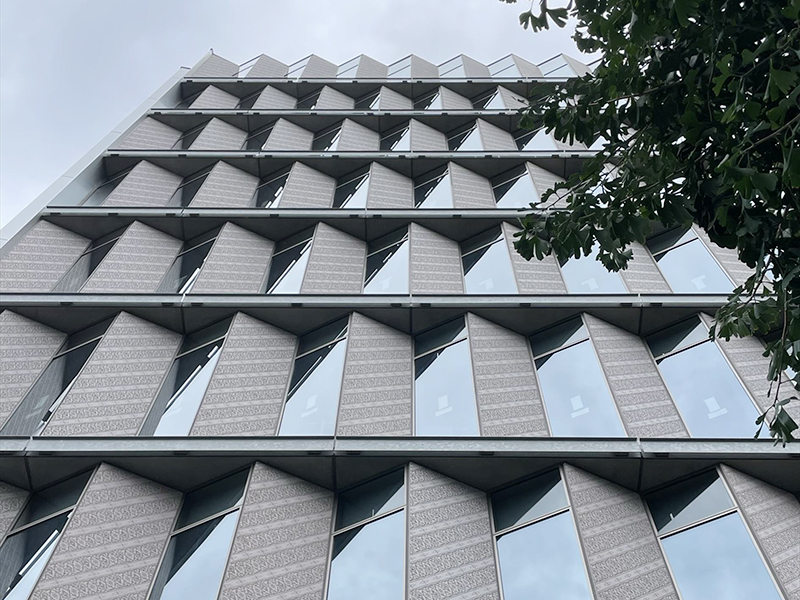
Image 1. The facades recently completed the reconstruction of the Embassy of the Republic of Indonesia
We had the privilege of interviewing Hirata and Abieta, pivotal figures in the design of the exterior precast concrete implemented with a Graphic Concrete finish. Additionally, Kato from TAKAHASHI CURTAIN WALL CORPORATION, the manufacturer of the precast concrete, shared insights into the journey from tradition to modernity through an innovative approach.
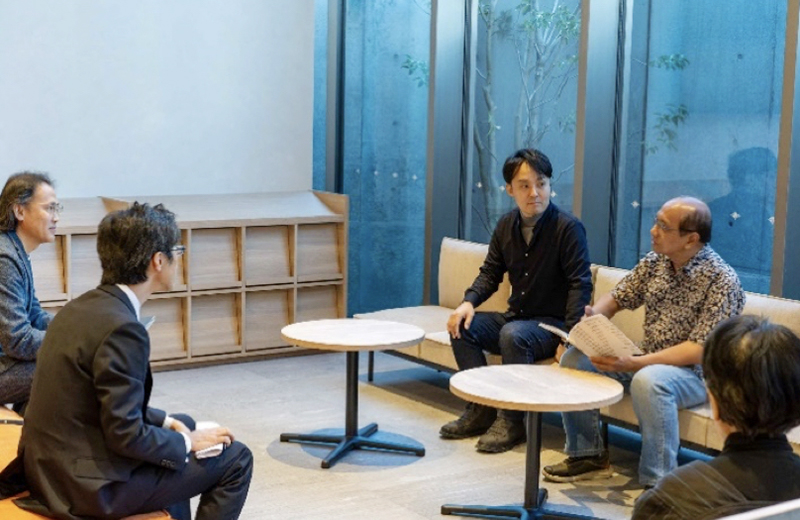
Image 2. Conducting an interview with Hirata, Abieta and Kato
Graphic Concrete is a patented technology revolutionizing conventional concrete by transforming it into a canvas for aesthetic expression. This process involves applying a surface retarder to special paper used in the precast process, allowing for the creation of intricate patterns directly on the concrete surface. Not only does Graphic Concrete captivate the viewer with its aesthetic appeal, but it also boasts a durable finish that withstands the test of time, retaining the material's natural texture.
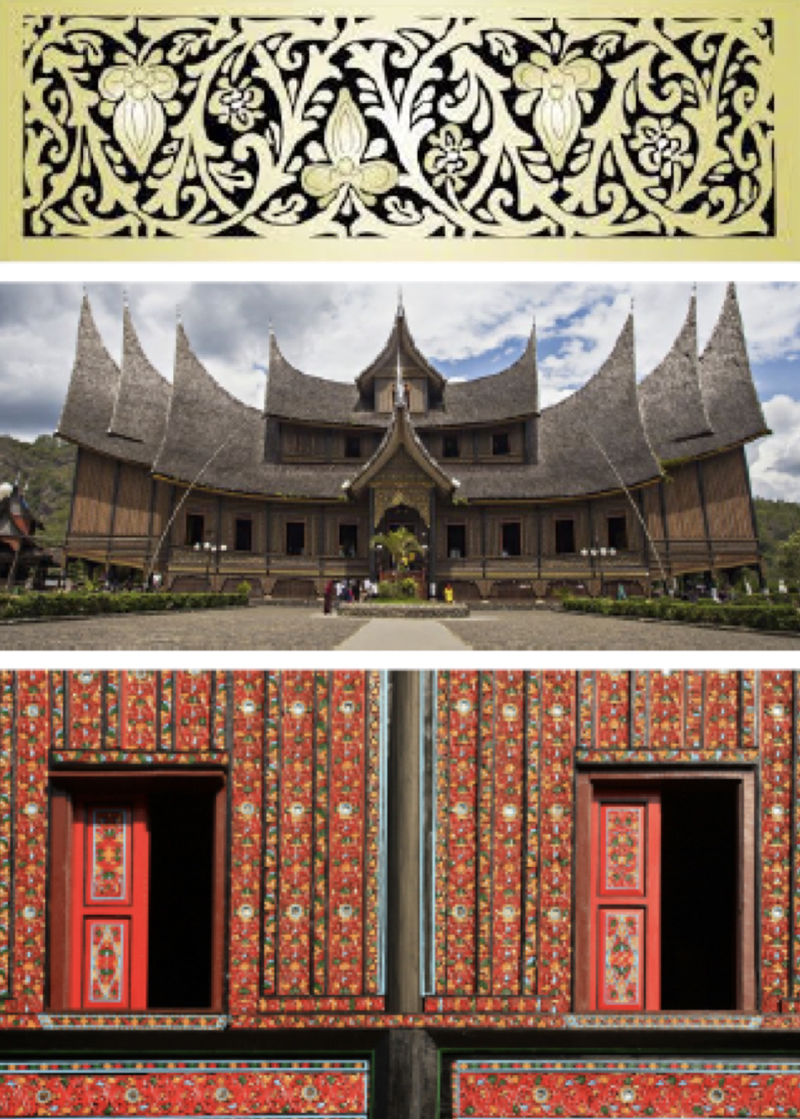
Image 3-5. The images of design motif
At the heart of this architectural innovation lies the essence of Graphic Concrete, which breathes life into ordinary concrete surfaces, infusing them with captivating narratives inspired by cultural heritage. Design inspiration from Indonesia's traditional patterns, the design team embarked on a journey that culminated in selecting the Ramoramo pattern from the Padang region, symbolizing unity amidst diversity.
Despite encountering challenges inherent in climate variations and construction complexities, the team navigated these obstacles with meticulous planning and innovative solutions. Initially met with skepticism regarding the feasibility of imparting intricate patterns onto concrete surfaces, the project addressed concerns ranging from maintenance in Indonesia's tropical climate to seismic resilience in Japan's seismic region.
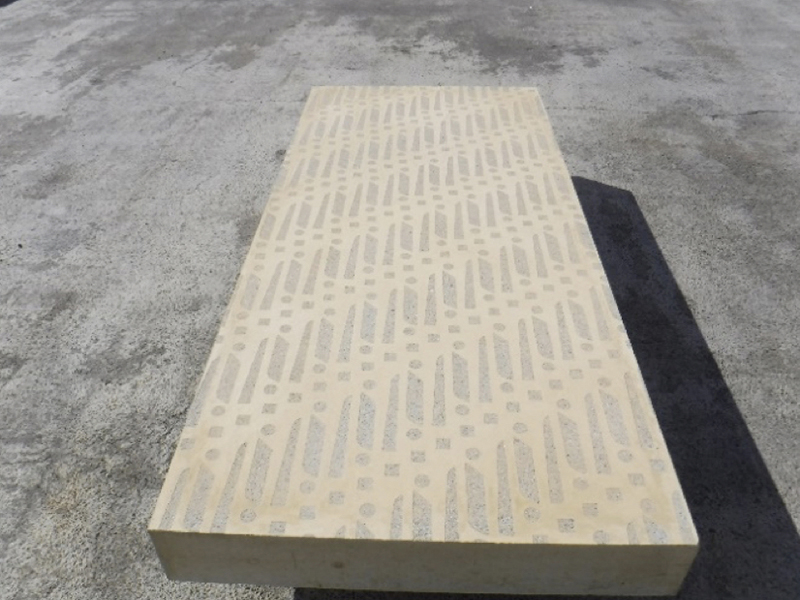
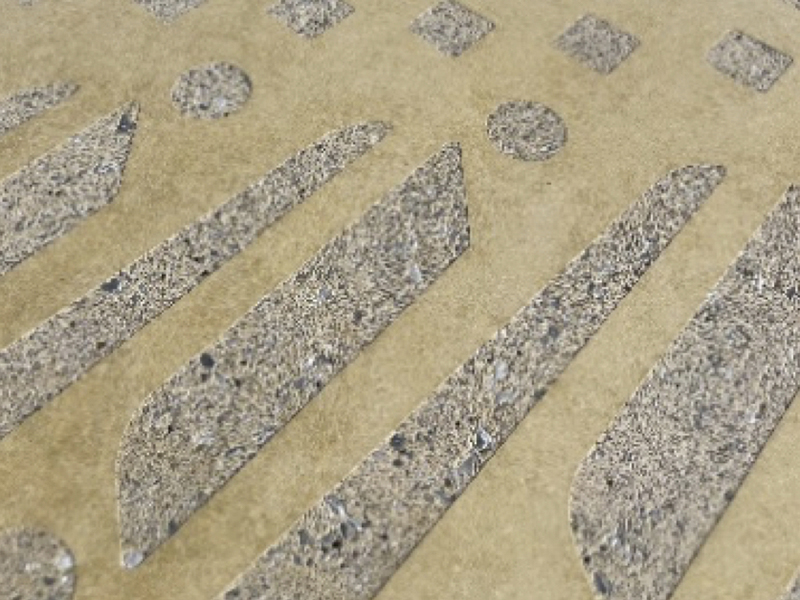
Image 6 & 7. The project sample to test patterns and color on the concrete slab
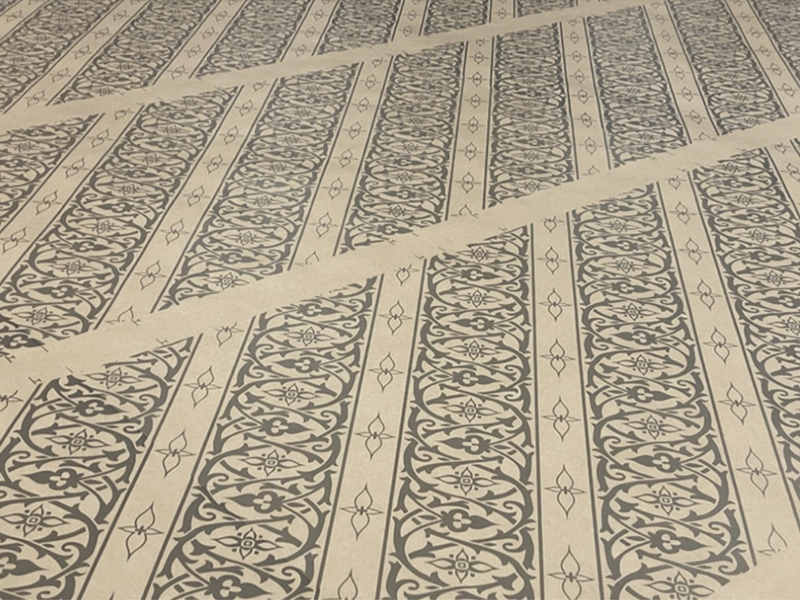
Image 8. The pattern printed on Graphic Concrete paper
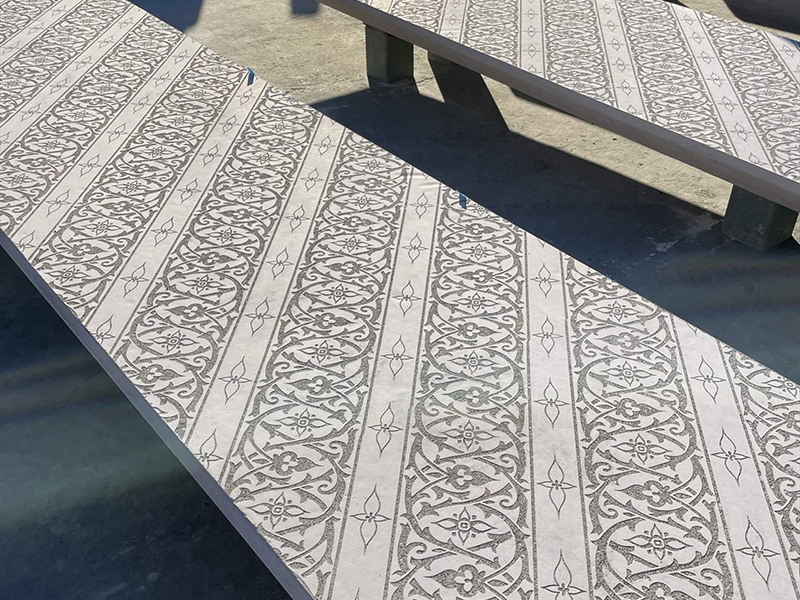
Image 9. The patterns on the concrete slabs
In discussions between Hirata and Abieta, the dialogue delved into the essence of tradition within modern architecture. Graphic Concrete emerged as a pivotal element, bridging the gap between past and present and providing a platform for cultural narratives to flourish.
The resplendence of the Ramoramo pattern is unveiled through its interplay of light and shadow, evoking narratives of homecoming and cultural pride. Beyond its function as a mere building, the embassy emerges as a beacon of cultural identity within the bustling metropolis.
In the facade, tradition finds a new home amidst the bustling metropolis, a reminder of the enduring legacy of Indonesia's cultural heritage. As modern architecture continues to evolve, it is stories like these that remind us of the beauty in preserving our past while embracing the future.
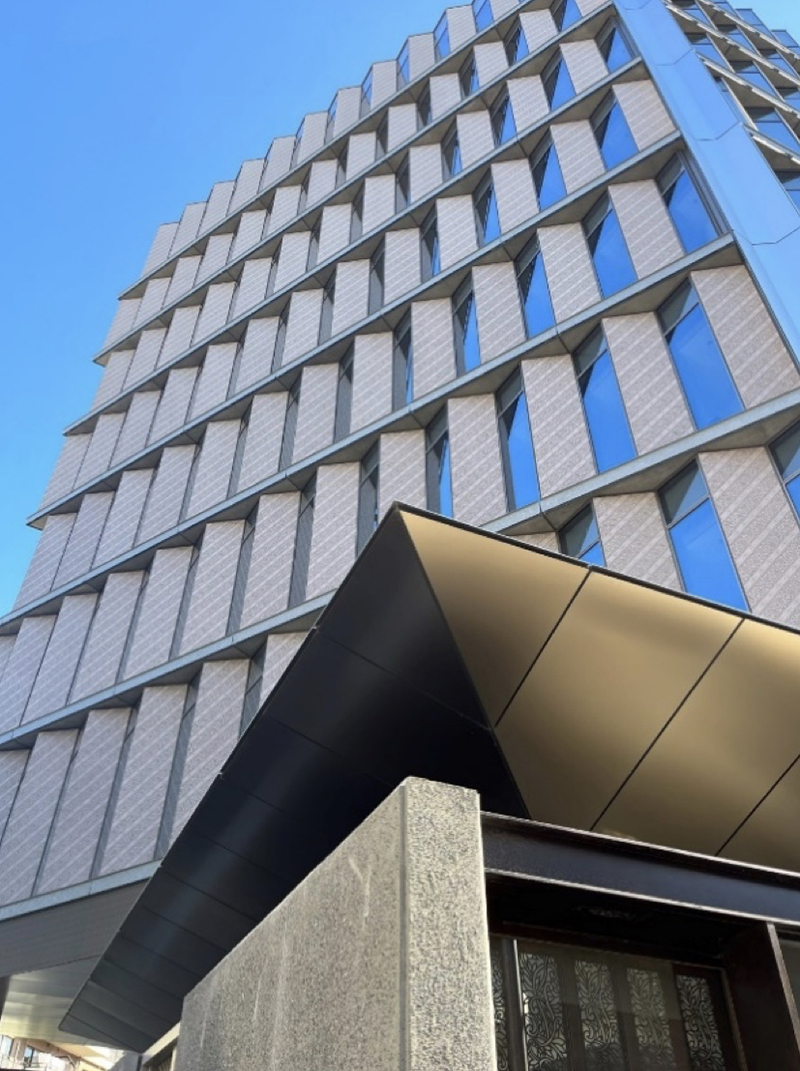
Image 10. The facade of the Embassy of the Republic of Indonesia
Project information
If you would like to know more about Graphic Concrete and each project, don´t hesitate to contact us.



